Gordon Ramsay’s Kitchen Nightmares” was a top-rated television show that debuted in 2004 and ran for seven seasons, following Ramsay as he visited struggling restaurants to help turn them around. Although many featured have closed since the show aired, others remain open or even thrive; we will explore what restaurants remain from Kitchen Nightmares today and online restaurant simulation games that provide similar experiences.
Amy’s Baking Company in Scottsdale, Arizona:
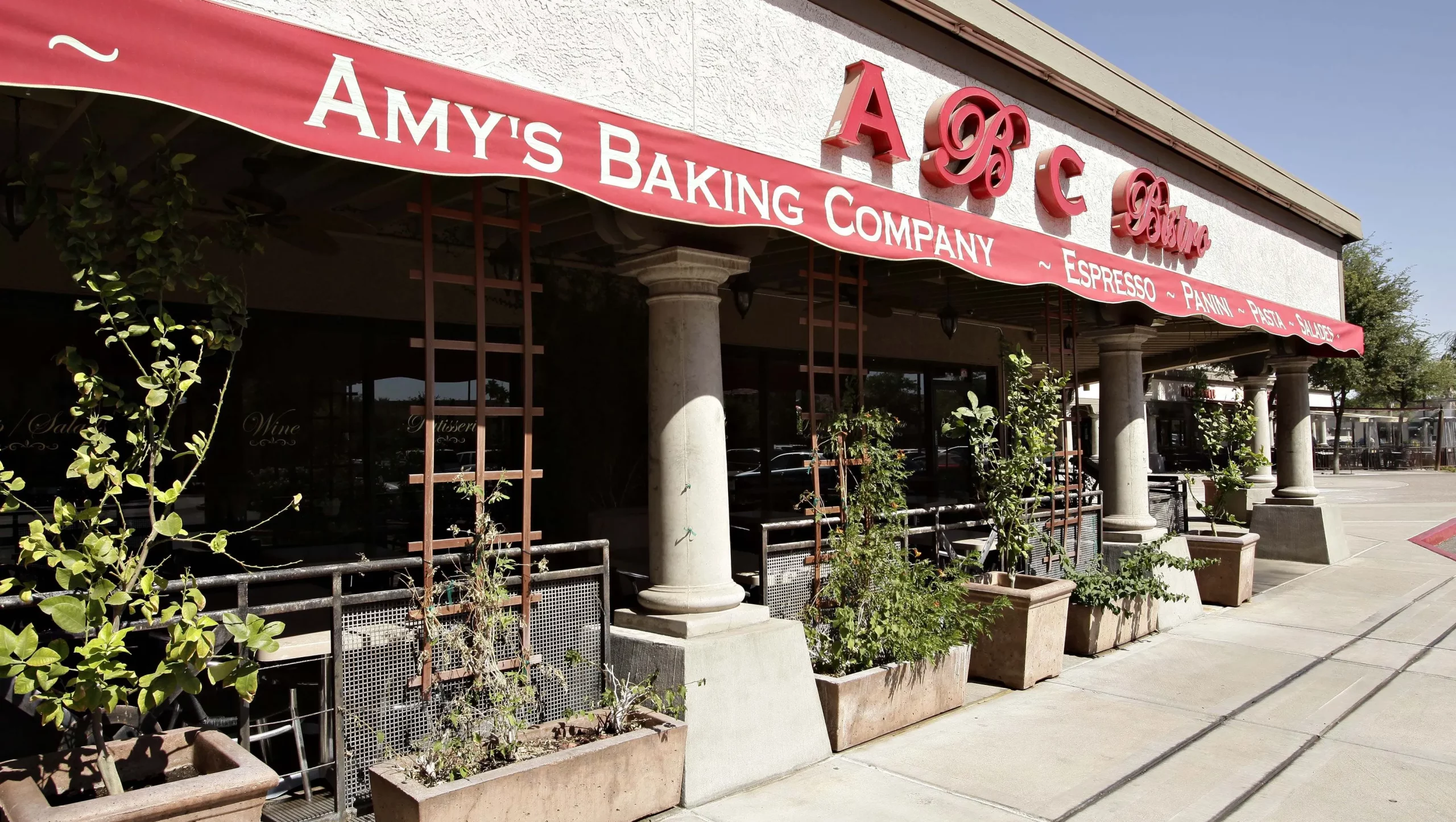
One of the most successful restaurants to come out of “Kitchen Nightmares” is Amy’s Baking Company in Scottsdale. Featured on season 6 of the show and known for the owners’ combative behavior towards Ramsay and customers alike, despite negative publicity. However, despite this negative attention, the restaurant continues to operate and even expanded with a bar, retail store, merchandise sales, and hosting events to capitalize on its fame; while receiving mixed reviews despite staying open.
Seascape in Islip, New York, was struggling financially, and its owners, Terry and Carol, felt overwhelmed. Gordon advised them to reduce menu choices to focus on serving fresh seafood instead. However, this advice was met with resistance by Terry and Carol.
After the airing of the episode, Seascape Restaurant saw an increase in customers and improved food and service; however, Seascape closed its doors just a few years after that episode aired – though its reason remains unknown; some believe it may have been because improvements couldn’t be sustained over time.
La Galleria 33 in Boston, Massachusetts:
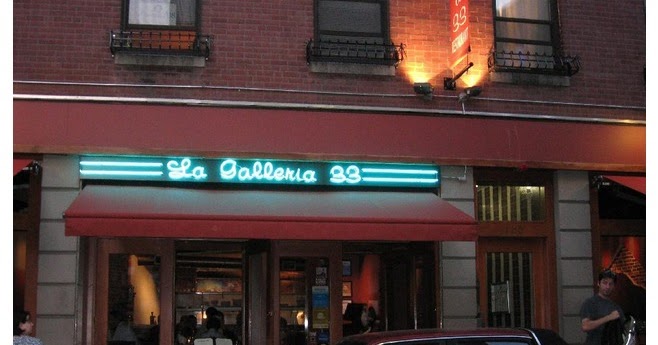
Another restaurant to survive after appearing on “Kitchen Nightmares” is La Galleria 33, featured on season 5 and struggling with inconsistent food quality and direction issues. Following their appearance, several changes were implemented, including revamping the menu and decor. Now La Galleria 33 has received positive reviews and continues to serve authentic Italian cuisine to its customers.
The Fish and Anchor: The Fish and Anchor was a pub in Lampeter, Wales, owned by Mike and Caron, who were struggling to make ends meet and risk losing their homes due to business failure. Gordon advised them on ways to improve food and service quality and create an appealing menu that would attract a wider audience.
After airing its episode, the restaurant experienced an increase in customers and made some improvements; however, in 2014, the doors closed again for unknown reasons, possibly due to owners not being able to sustain all the changes made during that time.
Blackberry’s in Plainfield, New Jersey:
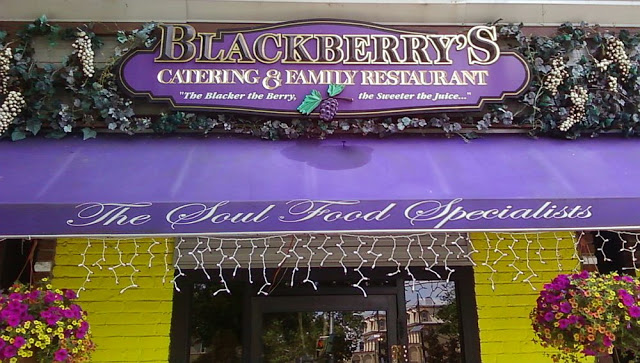
One restaurant to close shortly after being featured on “Kitchen Nightmares” is Blackberry’s. Featured during season 6 and with issues related to cleanliness, food quality, and management, Ramsay attempted to assist the establishment, but ultimately, it closed months after filming because of its owner’s personal and financial struggles.
Prohibition Grille, located in Everett, Washington, was struggling financially, and Rishi and Anna were at odds over how best to run it. Gordon recommended streamlining their menu and emphasizing serving high-quality comfort food dishes instead.
After the airing of this episode, the restaurant saw increased customer traffic and improved food and service, even expanding to include another location. Unfortunately, in 2019 however, they closed due to seemingly being unable to maintain all the improvements they made despite having them made.
Playing restaurant simulation games online can be both entertaining and educational, offering players an immersive experience of what it’s like running a restaurant. Players need to make quick, accurate decisions similar to real restaurant managers while also learning about the complexities of managing inventory and staffing for success in this industry.
Even though many of the restaurants featured in “Kitchen Nightmares” have closed down, some have managed to stay open and thrive. Amy’s Baking Company and La Galleria 33 are two examples of successful restaurants which made changes and continued serving customers. Playing online restaurant management games provides similar experiences; players must make quick decisions and manage challenges like managing an actual restaurant would.
The Greek at the Harbor restaurant was located in Ventura, California, and was owned by its family for years before running into financial difficulties. When featured on “Kitchen Nightmares,” tensions ran high during an episode in which Ramsay clashed with the owner over making changes necessary for success at The Greek at the Harbor restaurant. As a result of these heated exchanges and subsequent makeovers, The Greek at the Harbor experienced an initial increase in customers but eventually closed its doors without explanation for doing so – possibly due to changes made not being sufficient.
Mill Street Bistro of Norwalk, Ohio, was featured on season 6 of “MasterChef.” The restaurant was in dire straits and near bankruptcy when Joe took ownership. Ramsay tried his best to save it but failed; shortly after this episode was shown, Mill Street Bistro closed down due to financial issues and Joe’s resistance to change.
Burger Kitchen was a family-owned restaurant in Los Angeles, California, that experienced severe management and food quality issues. In “Kitchen Nightmares,” it became clear that family members disagreed on how best to proceed, preventing any progress. Following its appearance, customers showed more enthusiasm, but ultimately, the restaurant closed due to conflicting management styles and negative reviews, which likely caused its demise.
The Secret Garden:
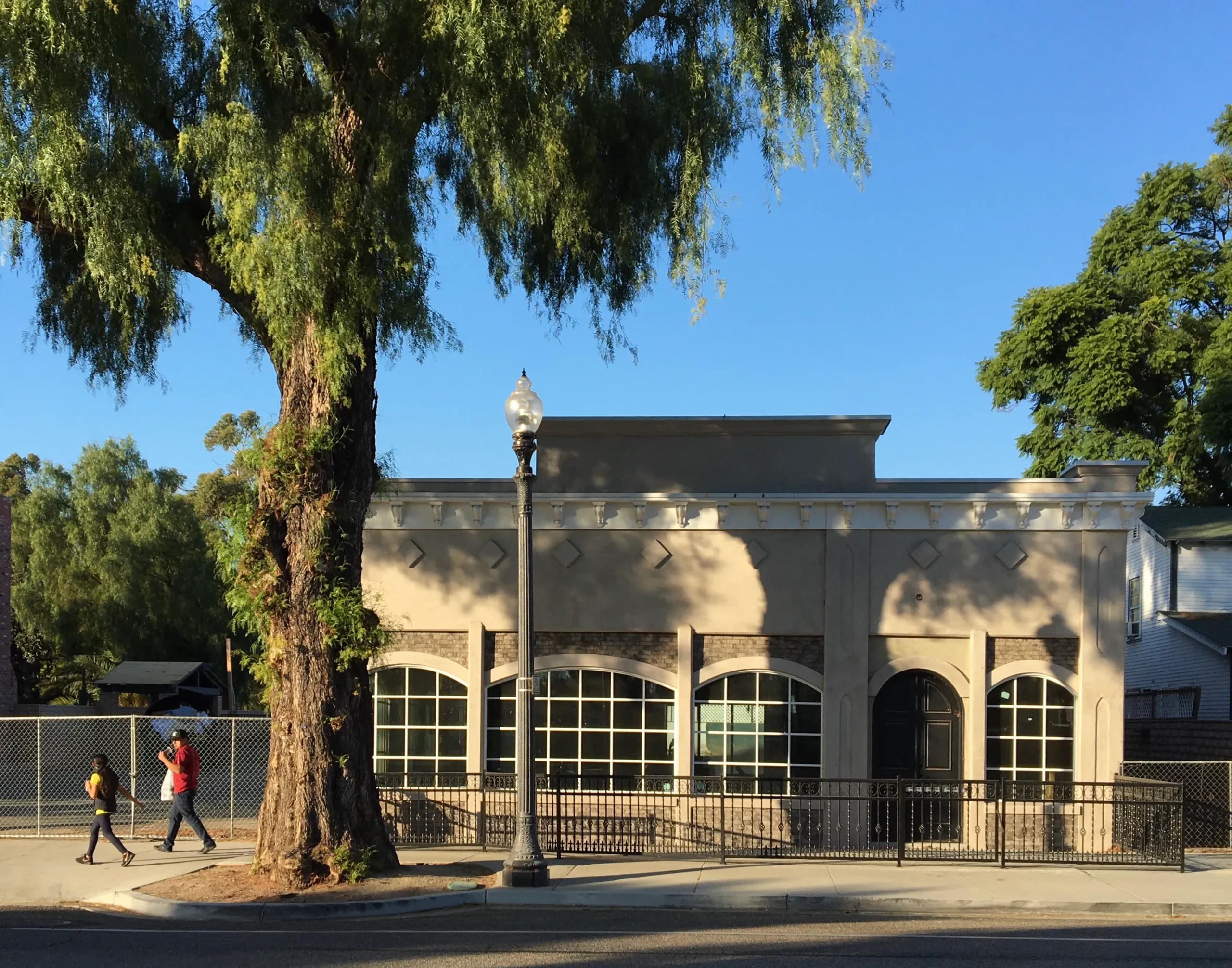
The Secret Garden in Moorpark, California, had an innovative concept but struggled to attract customers. Ramsay visited in season 4, offering advice on improving the menu and atmosphere. However, business increased after this episode aired, eventually closing due to insufficient changes or competition within the restaurant industry itself.
Le Bistro in Lighthouse Point, Florida, was well known for its French cuisine. Unfortunately, due to outdated decor and menu, they experienced difficulties. Ramsay intervened to bring about positive changes, and his advice was well received by its owners; yet after only several years, they closed down due to unknown factors – possibly insufficient marketing efforts or other unanticipated obstacles.
Dillons: Ramsay’s involvement at Dillon’s led to an overhaul of their image and menu that initially attracted more customers; ultimately, this change was insufficient due to solid competition or failure to sustain initial increases in business. Dillons eventually closed due to this decline.
Mojito’s was a Cuban restaurant in Brooklyn, New York that struggled with menu and service issues. Ramsay offered his advice in improving both aspects, yet Mojito could not sustain its initial success due to competitive markets or internal management challenges. Unfortunately, its doors eventually closed.
Charlie’s was a La Verne restaurant struggling financially and having difficulty drawing customers in. Gordon Ramsay made significant modifications to their menu and layout following their show airing, although there was an increase in customers after watching this episode aired. Unfortunately, Charlie’s eventually closed due to ongoing financial struggles or other business challenges; its reason remains unknown.
The Mixing Bowl:
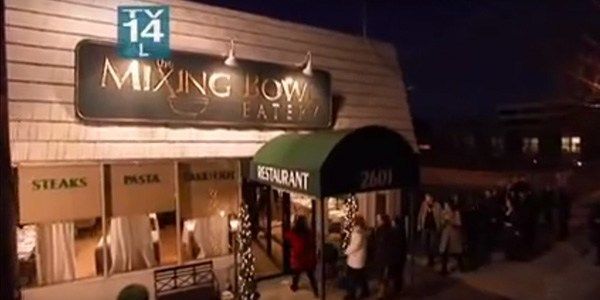
In Bellmore, New York, was The Mixing Bowl restaurant which had been experiencing severe problems in terms of both its food quality and management. Ramsay intervened and managed to improve both kitchen operations and menu offerings after his television show had been shown. Following this show, the restaurant saw a short-term increase in business; however, it eventually closed down due to unknown reasons, possibly failing to overcome its previous reputation and maintain sustained interest was responsible.
Oceana in New Orleans was facing financial challenges. Without a unique identity and struggling to offer fresh seafood, the restaurant sought Ramsay’s advice on improving both menu and decor. Though initial business saw an upswing after Ramsay’s advice was implemented, Oceana later closed due to ongoing financial struggles or factors affecting the restaurant industry.
Peters:
Peters was a German restaurant in Babylon, New York, facing decor, service, and menu issues. Ramsay made significant changes after watching his show; more customers attended Peters after it first aired; however, it eventually closed due to challenges maintaining consistent customer flow or other external factors.
Mama Maria’s:
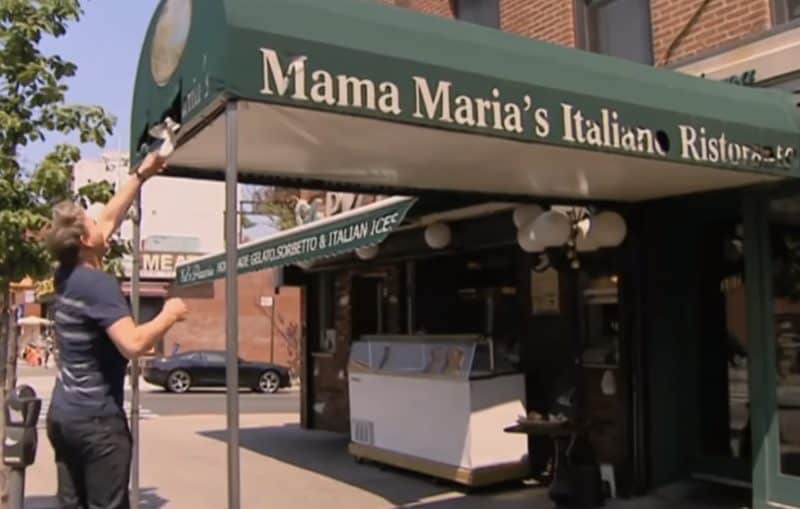
An Italian restaurant in Brooklyn:
New York, struggled with family dynamics and kitchen operations before Ramsay got involved, leading to a revamped menu and improved communication between family members. After Ramsay’s show aired on television, business increased at Mama Maria’s for some time but ultimately closed for unknown reasons – internal conflicts or financial difficulties being potential contributors.
Handlebar:
In Mount Sinai, New York, Handlebar was experiencing difficulties with its decor, menu, and management. Ramsay visited and implemented changes, including revamping their menu and increasing staff morale. However, they later closed down due to unknown factors, though possible explanations include struggling to maintain momentum from Ramsay’s visit or competing in a competitive market.
Kingston Cafe:
In Pasadena, California, Kingston Cafe is a Caribbean restaurant struggling with both management and food quality issues. Gordon Ramsay intervened significantly to improve operations and the menu, leading to temporary customer increases and subsequent short-lived increases before eventually shutting down. Although the exact reasons for its closure remain unknown, perhaps the changes made were insufficient to sustain long-term success.
The Capri in Eagle Rock, California, had become outdated in menu and decor. Chef Ramsay came in and rejuvenated both. Although the business did increase after Ramsay’s visit, The Capri later closed down due to unknown business challenges or shifts in its local market.
Experience the excitement and challenges of running a restaurant without the risks in real life with online restaurant games! These simulations often simulate various aspects of restaurant management, from menu planning and ingredient sourcing to managing staff and responding to customer reviews. As players progress through the game’s virtual world, they may learn lessons in time management, decision-making, and resource allocation that are integral components of real-world restaurant success.
Online restaurant games allow players to experiment with various restaurant concepts and cuisines, encouraging creativity and innovation. Players can design their dream restaurant, experiment with distinctive dishes, and explore customer bases without incurring real financial investments.












